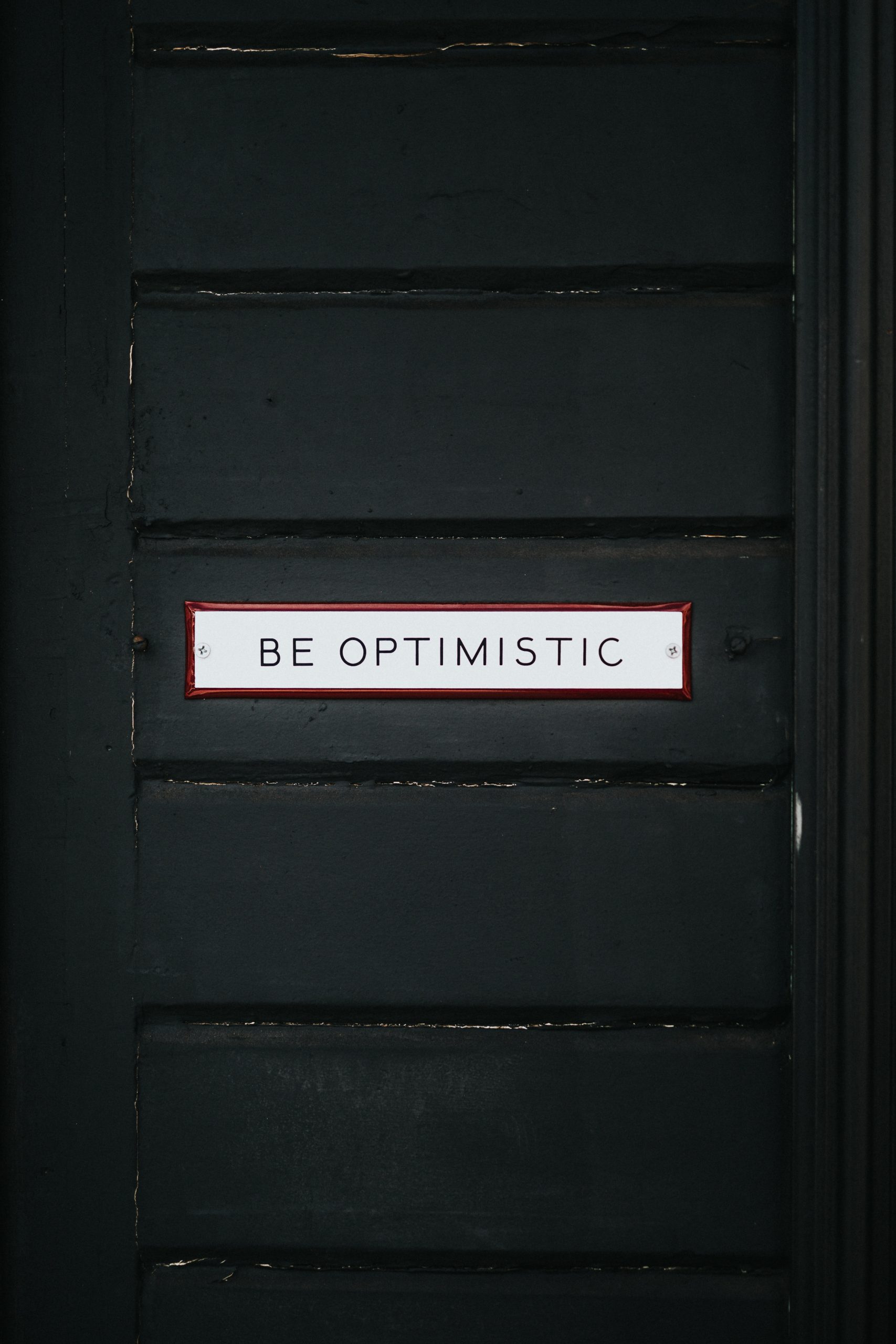Moon Phases Explained: Understanding the Lunar Cycle
Have you ever looked up at the night sky and wondered why the moon looks different each night? The answer lies in the fascinating phenomenon known as moon phases. Understanding these lunar cycles can bring you closer to the celestial wonders that unfold above us. In this article, we will delve into the intricacies of moon phases, exploring their causes, types, and significance.
What Are Moon Phases?
Moon phases refer to the changing appearance of the moon as observed from Earth. These changes are a result of the moon’s position relative to the Earth and the Sun. As the moon orbits around the Earth, sunlight illuminates different portions of its surface, giving rise to the various moon phases.
Causes of Moon Phases
The primary cause of moon phases is the relative positioning of the Earth, the moon, and the Sun. The moon doesn’t emit its own light; instead, it reflects sunlight. As the moon moves along its orbit, different amounts of its illuminated side become visible to us on Earth.
The moon’s phases can be attributed to two main factors: its orbital path around the Earth and its relationship with the Sun.
Orbital Path
The moon orbits the Earth in a slightly elliptical path, with an average distance of about 238,855 miles. As the moon completes one orbit in roughly 27.3 days, it goes through four major phases: new moon, first quarter, full moon, and last quarter.
During the new moon phase, the side of the moon facing Earth is entirely dark, leaving it invisible to the naked eye. It is only during a new moon that solar eclipses can occur. As the moon progresses in its orbit, we begin to see a thin crescent shape of the illuminated side—the first visible phase of the lunar cycle.
After the first quarter phase, the moon continues its journey and enters the full moon phase. During this phase, the entire side facing Earth is illuminated, making the moon appear as a complete disc. Finally, the lunar cycle concludes with the last quarter phase, where only half of the side facing Earth is visible.
Interaction with the Sun
The moon’s phases are also influenced by its alignment with the Sun. When the moon is positioned between the Earth and the Sun, we observe a new moon. As the moon proceeds in its orbit, we see more and more of its illuminated side, leading to the first quarter and full moon phases.
Conversely, when the moon is on the opposite side of the Earth from the Sun, we experience a last quarter and new moon phase. This interaction between the Earth, moon, and Sun creates the recurring cycle of moon phases.
Types of Moon Phases
While the basic moon phases consist of the new moon, first quarter, full moon, and last quarter, there are additional variations that occur within these primary phases. These variations are influenced by how much of the illuminated side of the moon is visible to us on Earth.
The waxing and waning gibbous phases occur when more than half of the moon’s illuminated side is visible. Waxing gibbous refers to the phase between the first quarter and full moon, while waning gibbous occurs between the full moon and last quarter phases.
The waxing and waning crescent phases occur when less than half of the illuminated side is visible. Waxing crescent takes place between the new moon and first quarter phases, while waning crescent occurs between the last quarter and new moon phases.
Significance of Moon Phases
Moon phases have captivated humans throughout history, influencing cultural practices, beliefs, and even agriculture. Here are some areas where moon phases hold significance:
1. Calendar System
The lunar calendar, based on the moon’s phases, has been used by various cultures. The Islamic calendar, for example, follows the lunar cycle and consists of twelve lunar months.
2. Cultural and Religious Practices
Moon phases have played a crucial role in cultural and religious celebrations. Festivals such as Eid al-Fitr, Diwali, and Easter are observed based on lunar calendars.
3. Gardening and Agriculture
Some gardeners and farmers use moon phase information to plan their planting and harvesting activities. It is believed that different moon phases impact plant growth, root development, and crop yield.
4. Tides and Fishing
The moon’s gravitational pull influences ocean tides. High tides occur when the moon is directly overhead or on the opposite side of the Earth. These tidal patterns affect fishing conditions, as certain fish species are more active during specific tidal phases.
5. Astrology and Spirituality
In astrology and spirituality, moon phases are believed to influence human behavior and emotions. Some individuals associate certain moon phases with increased energy, introspection, or manifestation.
Conclusion
Exploring moon phases allows us to appreciate the intricate dance between the Earth, moon, and Sun. As the moon progresses through its orbital path and interacts with the Sun, it presents us with a kaleidoscope of stunning lunar phases. Understanding these phases not only satisfies our curiosity about the night sky but also connects us to the rich history, culture, and natural rhythms that have been shaped by the moon for centuries.
So, the next time you gaze up at the moon, remember that it is not only a beautiful spectacle but a gateway to the wonders of the cosmos.
Table of Contents
